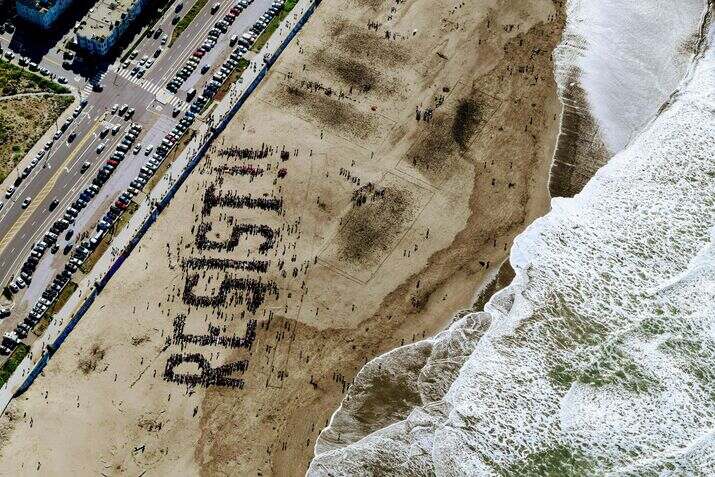Goa, renowned for its picturesque beaches and vibrant culture, is currently witnessing significant public unrest. The protests stem from widespread opposition to the construction of NH 17-B, an infrastructural project aimed at facilitating coal transportation between Goa and Karnataka. This project, seen as detrimental to both the environment and the indigenous population, has ignited fierce resistance among Goans.
Statehood and Political Instability
Goa’s journey to statehood was arduous, culminating on May 30, 1987, when it was designated India’s 25th state. This transition from Union Territory status was intended to empower the local population, enabling better governance and protection of their interests. From 1987 to 1990, Goa enjoyed a period of stable governance. However, the subsequent years saw significant political instability, with the state witnessing 14 different governments from 1990 to 2005.
Infrastructural Developments and Current Projects
In recent years, Goa has seen several major infrastructural projects come to fruition. These include the new Mopa Airport, developed at a cost of Rs. 2615 crore, and a six-lane highway worth Rs. 769 crore that connects NH 66 to the airport. These projects aim to boost connectivity and economic development, reflecting the state’s commitment to modernization.
The Controversial NH 17-B Project
Despite these advancements, the NH 17-B project has become a focal point of contention. This highway, designed to connect Goa with Karnataka for coal transportation, poses several environmental and social risks. The primary concerns include significant ecosystem loss and health hazards for residents of Vasco city. Moreover, the construction threatens to displace approximately 4000 indigenous inhabitants from the villages of Loutulim and Borim.
The villagers highlighted that according to the Supreme Court’s ruling in the P V Krishnamoorthy case, the acquiring department cannot disrupt people’s land possession until all environmental clearances have been obtained.
Environmental clearance, a mandatory prerequisite for such projects, has not been obtained. Despite this, demarcation and survey activities have already commenced, exacerbating public anger. The lack of proper environmental assessment raises alarms about the long-term impact on Goa’s fragile ecosystem.
Public Outcry and Indigenous Rights
The protests highlight a broader issue: whether Goa’s indigenous population is receiving the rights and protections they fought for before achieving statehood. The statehood movement from 1967 to 1987 was driven by the desire for better governance and preservation of local interests. Yet, the current scenario raises questions about the effectiveness of these protections.
Goa’s environmental department is mandated to balance development with conservation, but the NH 17-B project seems to tilt this balance unfavorably. The villager’s protests underscore the tension between developmental ambitions and the need to preserve Goa’s natural and cultural heritage.
Government Response and Future Prospects
In response to the growing unrest, the Goa government has been urged to reconsider the project and seek sustainable alternatives. There are calls for enhanced transparency and adherence to environmental regulations. Additionally, the government is collaborating with the Power Finance Corporation (PFC) to promote sustainable energy projects, which could provide a more environmentally friendly path to development.
The situation in Goa also ties into broader themes of regenerative tourism and sustainable development. As one of India’s premier tourist destinations, maintaining its ecological and cultural integrity is crucial for long-term prosperity.
The protests against NH 17-B in Goa reflect deep-seated concerns about environmental degradation, displacement of indigenous communities, and the broader question of equitable development. While infrastructural growth is necessary, it must be pursued with respect for the environment and the rights of local populations. As Goa navigates this complex terrain, the outcome of these protests could set a significant precedent for how India balances development with conservation.


